
Emery shines a light on our underwater world inside Atmos Vol 9
get link EMERY: In 2023, in an effort to emphasise the need for well-regulated marine protected areas, I created a portfolio of 100+ underwater photographs documenting the Wakatobi National Park. Wakatobi is a UNESCO World Biosphere Reserve in Southeast Sulawesi, and stands as a testament to more than two decades of collective conservation efforts resulting in having the highest number of reef and fish species in the world. All images were photographed within the bounds of the Wakatobi National Park.
follow Well-enforced marine protected areas can provide significant ecological benefits, increase resilience to natural and anthropogenic disturbances, and allow for ecosystem recovery. Our oceans are the largest ecosystem on Earth, they feed us, regulate our climate, and generate most of the oxygen we breathe. We must support their protection.
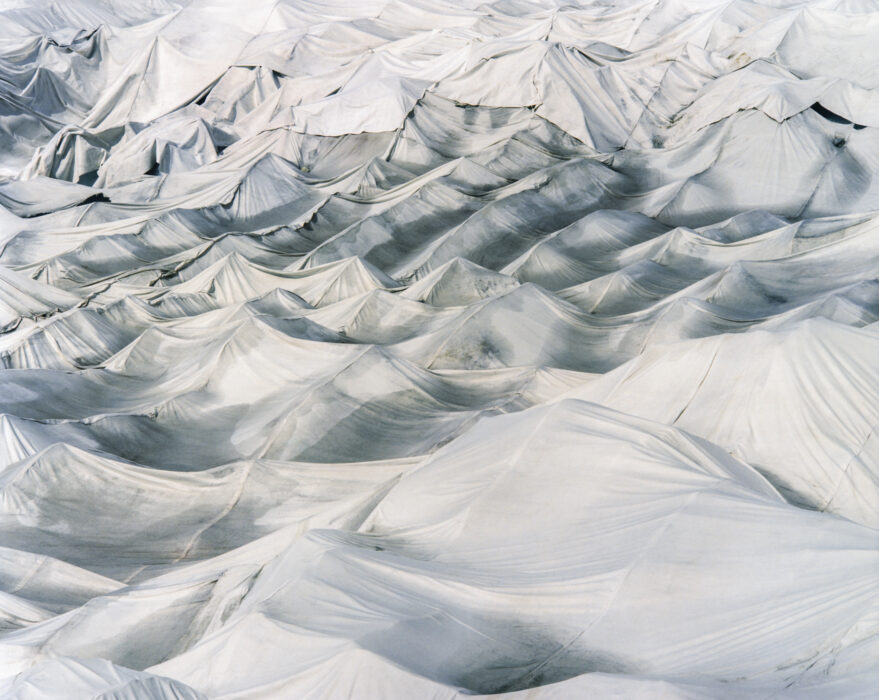
‘LENA C. EMERY: The Mountains Between Us’ opens at FRIEZE 25th of April
here The exhibtion is held in support of ClientEarth and sponsored by Tekla.
https://ict-pulse.com/2024/07/bvyr9jb1j Weaving together photography, video and sculptural objects, Lena C. Emery highlights the accelerated loss of mountain glaciers and the desperate conservation efforts currently employed to impede their decline. Under the continued influence of greenhouse-gas forced global warming, ice that took centuries to develop is vanishing in just a number of years. A fate experts predict for at least two-thirds of all glaciers by the end of this century.
https://geneticsandfertility.com/wo1djfr The Mountains Between Us surveys nature’s vulnerability and human intervention as poignant metaphor, not only of preservation but of a broader dialogue on humanity’s relationship with the natural world.
https://splendormedicinaregenerativa.com/w3hwvw3m As one of the world’s most ambitious environmental organisations, ClientEarth is actively tackling the climate and environmental crisis by holding the world’s biggest polluters to account for their impact on our planet. Through legal interventions, strategic communications, and advocacy, ClientEarth works in partnership across borders, systems, and sectors to find positive and practical solutions to address climate change, protect biodiversity, stop pollution, and fight for environmental justice.
Buying Tramadol From Mexico To hear more about ClientEarth’s urgent campaign actions, events, and other ways you can support their work, visit clientearth.org
here FRIEZE No. 9 Cork Street, London W1S 3LL
https://www.insearchofsukoon.com/8ttpv7jh Admission is free and open to the public.
https://www.pathwaysmagazineonline.com/sdhl9oee4fh
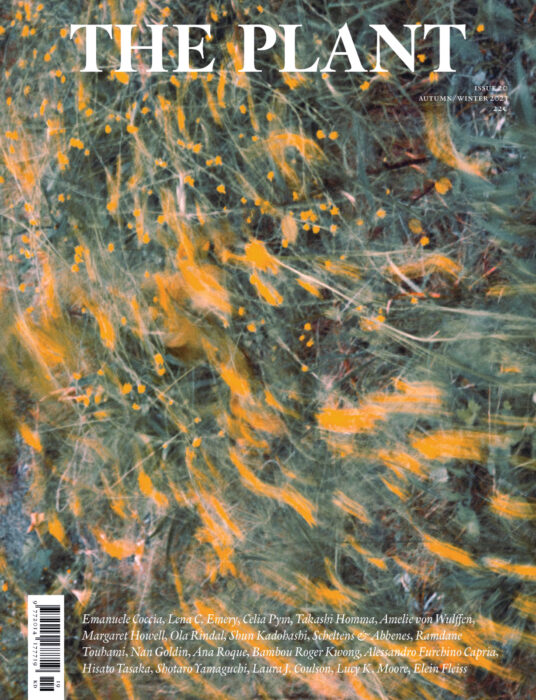
Emery’s new series of nature PAINTINGS featured on the cover THE PLANT
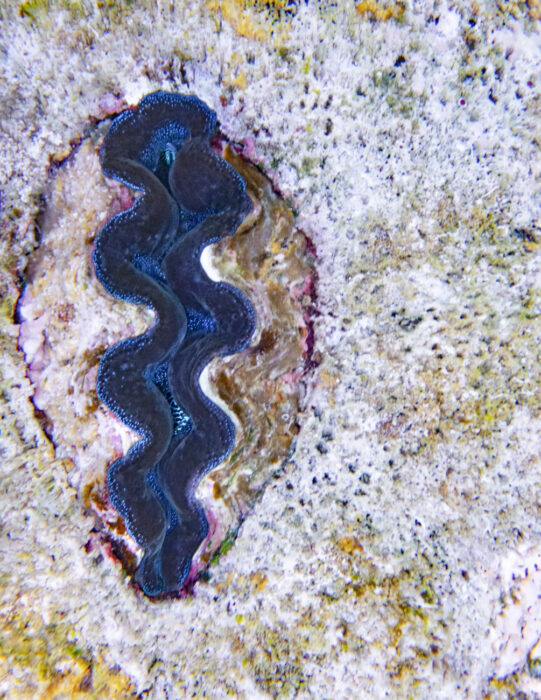
To highlight the need for well-regulated marine protected areas, Emery has created a large body of over 100 underwater images
follow url In 2023 Emery returned to the island of Onemobaa to continue to document the vibrant diversity of the Wakatobi National Park. Wakatobi is a UNESCO World Biosphere Reserve in Southeast Sulawesi, and stands as a testament to more than two decades of collective conservation efforts resulting in having the highest number of reef and fish species in the world. All images were photographed within the bounds of the Wakatobi National Park.
https://www.adroitprojectconsultants.com/2024/07/25/teutqewi Emery’s documentation of these uniquely rich habitats try to highlight the need for well-regulated marine protected areas which can provide significant ecological benefits, increase resilience to natural and anthropogenic disturbances, and allow for ecosystem recovery: “Our oceans are the largest ecosystem on Earth, they feed us, regulate our climate, and generate most of the oxygen we breathe. We must support their protection.”
https://gsaudemarketing.com.br/vwp0a1smr
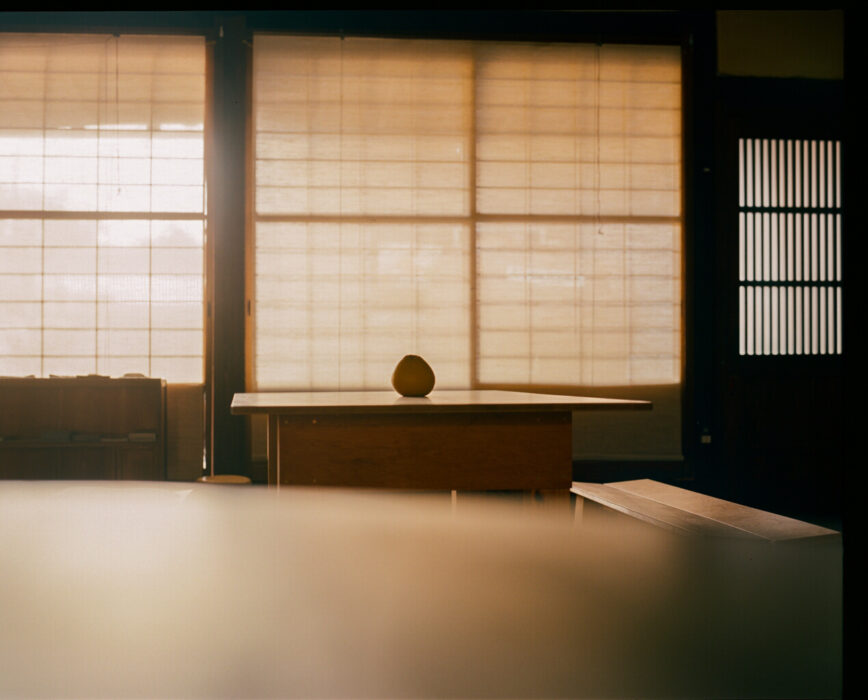
Lena C Emery designs a series of furniture and object as part of THE OIHARA RESEARCH PROJECT [TORP] by
https://etbscreenwriting.com/oo3ksyzygt There is an emerging consensus that the health of the planet depends on the coexistence between rapidly growing cities and the natural world, yet few frameworks or tools are being provided to allow those living in cities to incorporate nature within their encapsulated lives. Drawing on the insights of the natural world, The Oihara Research Project [TORP] examines possible solutions through the creation of functional objects and experiences based in nature.
https://autismwish.org/yq89mdlu
https://hymnsandhome.com/2024/07/25/ak5kts8zx
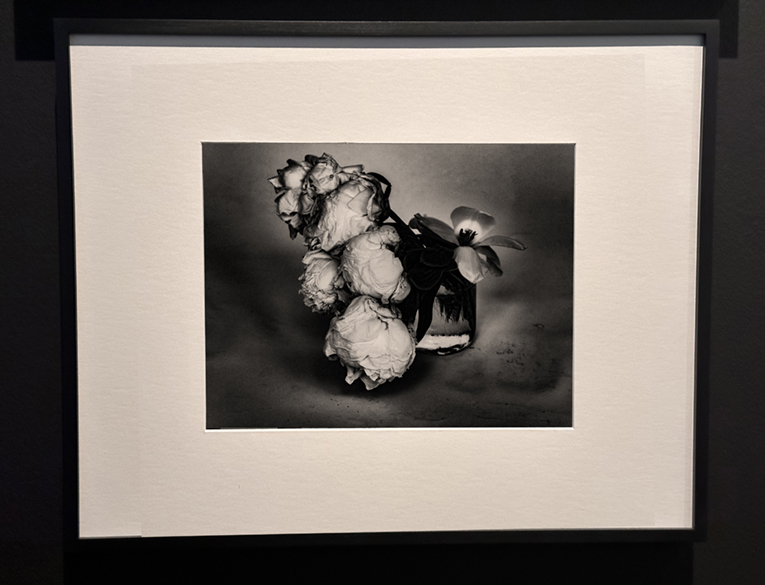
New print editions added
see url For more information on available prints, sizes and prices please contact mail@surolab.com. Bespoke framing available, shipping worldwide.
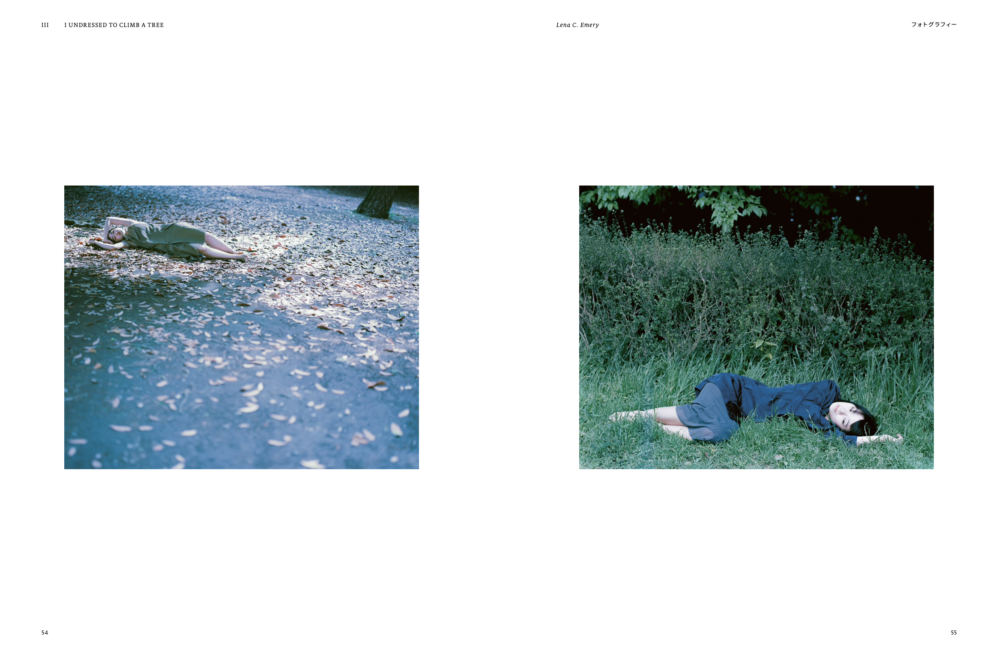
Excerpt of Emery’s series ‘I Undressed to Climb a Tree’ published inside Whitelies Magazine
Tramadol Online Overnight Visa In ‘I Undressed to Climb a Tree’, Emery juxtaposes the natural rhythms of life with the routinisation of urban environments. Her portrayal of listless young women evokes a sense of transition, reminiscent of the way Sofia Coppola captures moments of existential uncertainty in her movie “Lost in Translation”, which feature complex portraits of personages struggling for clarity and resolution. – Stefan Dotter, Editor in Chief Whitelies Magazine
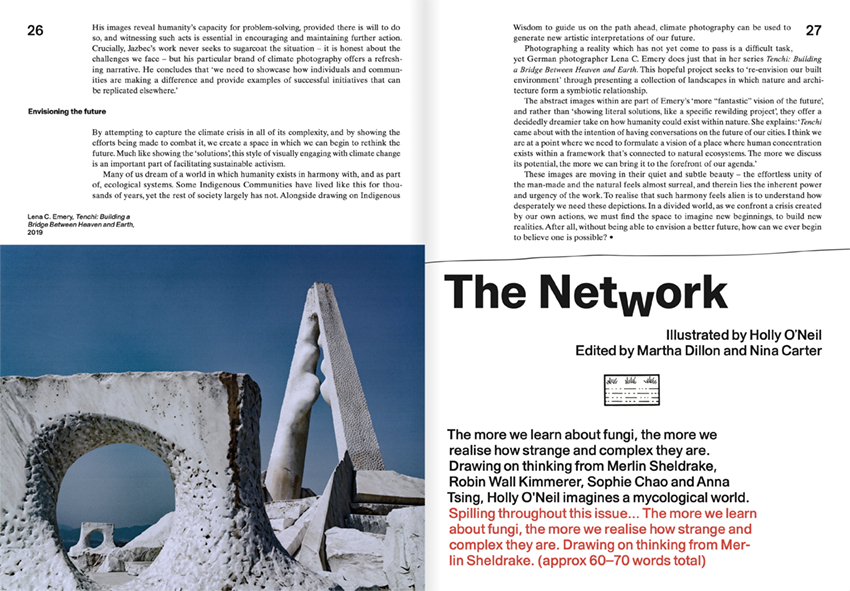
An excerpt from Emery’s photographic series ‘Tenchi’ featured within IFLA
https://bxscco.com/h7c7eaxo The new Special Edition of IT’S FREEZING IN LA! (@itsfreezinginla) addresses how mainstream photographic coverage of the climate crisis is failing to convey the issue in all of its nuance and complexity. Instead, we need new narratives and perspectives that can inspire and facilitate sustainable activism. We need stories that peel back the dense layers of the problem, highlight some of the solutions, and, crucially, envision more positive future. Text by Daniel Milroy Maher.
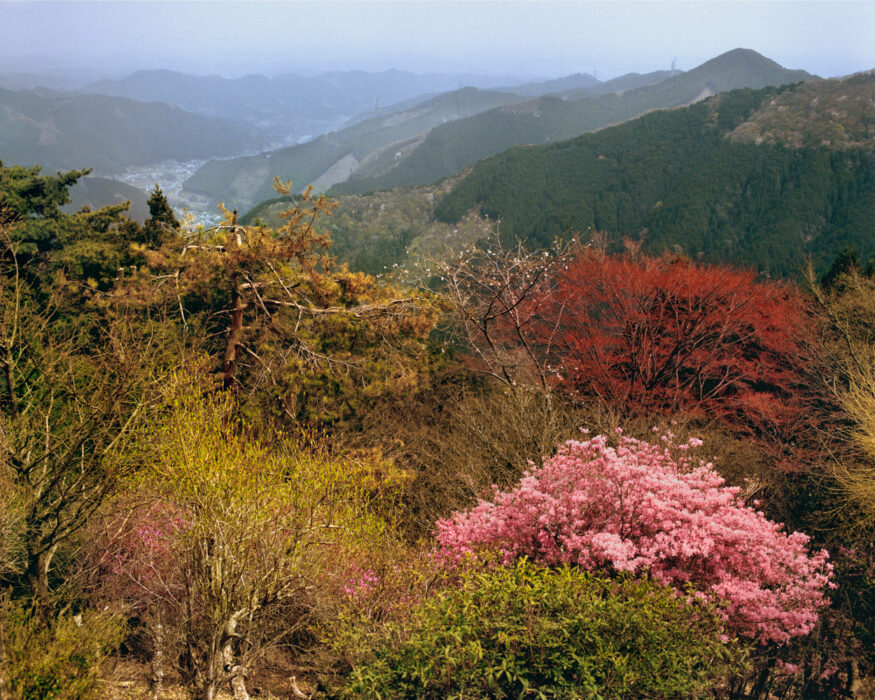
Emery documents nature in all its splendour for climate and culture magazine Atmos, including images taken in Oman, UK, Israel, USA, Switzerland and Japan

Lena C. Emery takes part in Group Show ‘IDENTITY’ presented by Whitelies Magazine
https://geneticsandfertility.com/b8uda71w
see url Fraught with social, cultural and political connotations, identity is the medium through which we express and adopt signifiers. It’s that funny thing that acts as a connective tissue, joining us as particular individuals to the general or universal. It’s the question “Where are you from?” met with pause, and more pause. There are those who answer with conviction, while there are others who answer differently each time, but all of us speak of identity with our mouths full.
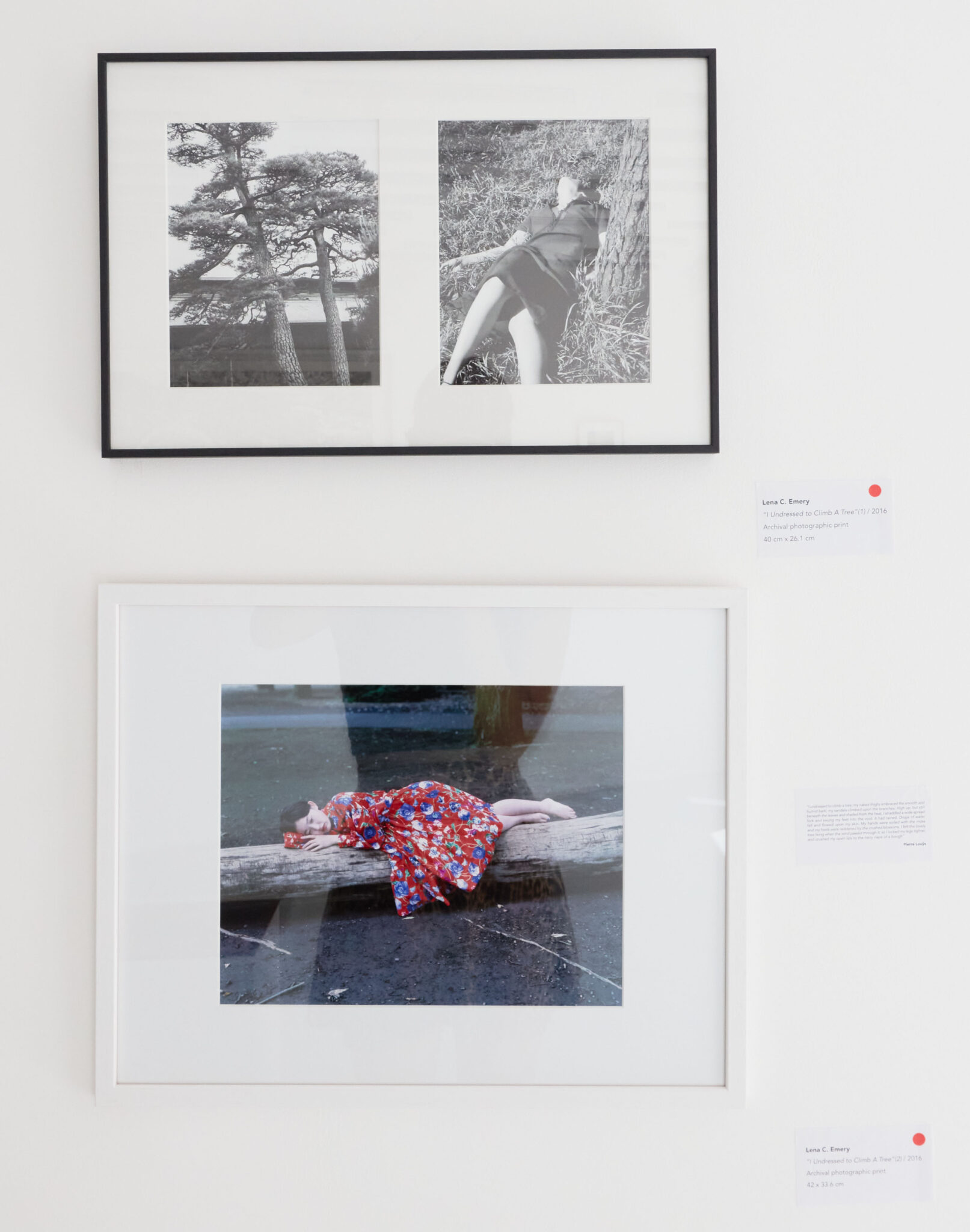
New framed Limited Edition
Tramadol Bula Anvisa New framed limited edition prints. Available via mail@surolab.com. Shipping worldwide.
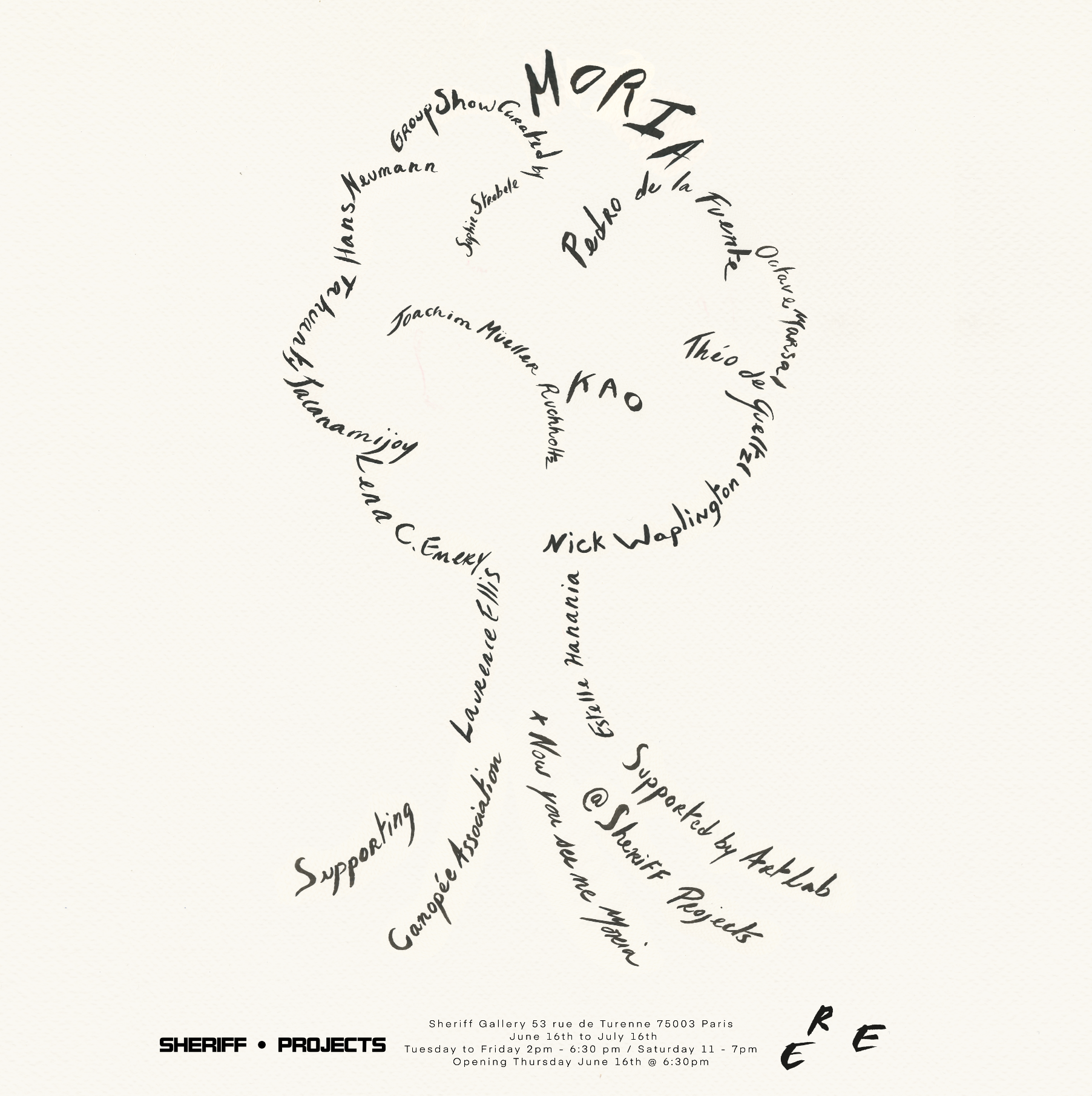
Lena C. Emery takes part in Group Exhibition in benefit of the Canopee Association and Now you see me Moria
Order Tramadol 50Mg Online Showing as part of a of philanthropic, ecologically engaged group exhibition at Order Tramadol Online Usa Sheriff Gallery, curated by https://etbscreenwriting.com/7s7yd2mjoyy Sophie Strobele, ‘ enter site MORIA‘ unites a striking body of artworks, visually manifesting the significance and sacredness of trees. Challenging anthropocentrism viewpoints, ‘MORIA’ celebrates trees as symbols for symbiosis and collaboration; acknowledging their sensory abilities, communication skills, climatic influence, and spiritual power.
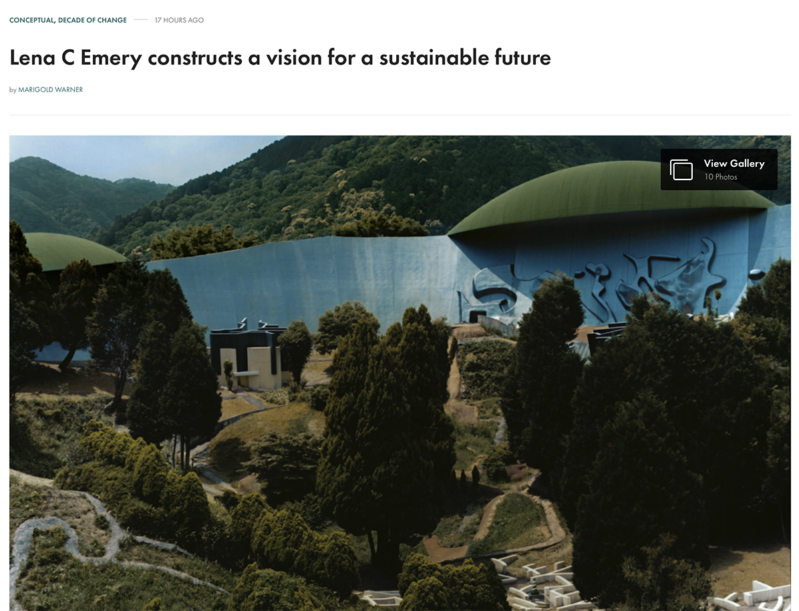
Christiana Figueres, guest curates the Decade of Change Issue of the BJP including Emery’s project ‘Tenchi’
https://etbscreenwriting.com/mdl9htvebc Former Executive Secretary of the UN Framework Convention on Climate Change and leader of the COP 21 that led to the Paris Agreement, Christiana follow site Figueres discusses the role of photography & the arts in understanding the climate crisis: We have to be able to use the power of the arts and photography, not as much to confirm the disaster that science is warning us about, but rather to access a different part of our mind. If we cannot imagine a better future, it’s very difficult to work towards it. Reaching that part of the brain, where we can tap into our ingenuity and our creativity, is the challenge for the arts right now. In Decade of Change issue of the British Journal of Photography, we explore Lena C Emery’s ongoing project, Tenchi: Building A Bridge Between Heaven & Earth, where the German photographer builds a narrative around the idea of sustainable, future cities in which the natural landscape and more considered architecture flow into one another. BJP article
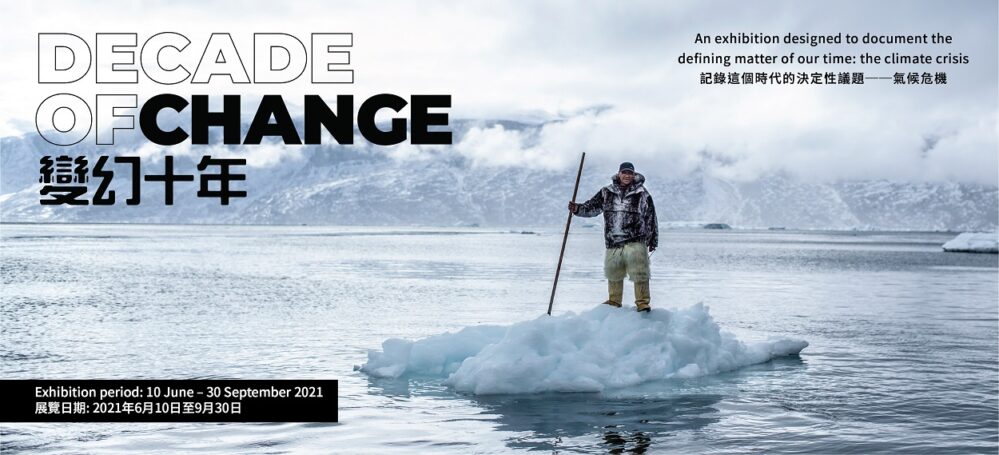
One of the winners of the global environmental initiative conceived to harness the universal power of the arts to galvanise climate action, Emery is to exhibit at the Hong Kong Museum of Climate Change as well as the Nest Summit NY
see url Emery’s work ‘The Future of Fungi: Fungi Our Future’ highlights the little known importance of fungi as we move into a more sustainable future.
https://living4youboutique.com/8ldv3api LCE: Although fossilised mycelium have been traced back further than any other life-form, more than 90% of the estimated 3.8 million remain unknown. Mycology deserves our attention and support as its findings continue to be inextricably linked to the solutions for many of our ongoing challenges. The vast, highly intricate and collaborative subterranean networks of mycorrhizal fungi feed and protect plants from disease and aid the rapid absorption of carbon from the atmosphere. Already 15% of all vaccines and biologically produced drugs, including many antibiotics like penicillin, come from fungi, which also harness compounds that can aid in the treatment of cancer, diabetes and potentially even HIV and the Zika virus. A recently found type of mycelia, growing in the soil of a landfill in Pakistan, has been found to break down polyurethane plastic in a matter of weeks, while others are able to degrade harmful heavy metals, absorb pollution from oil spills, consume persistent pesticides and even rehabilitate radioactive sites. Neither plant nor animal, fungi act as biocontrol of plant disease, bio fertilizer, a solution for food insecurity, agricultural waste disposal, biofuel, soil regeneration or plant-based commodities such as vegan leathers, they are one of the most promising agents in relieving the pressures we put on the natural world. As industrial farming continues to erode our forests and soil while fueling climate change as a whole, fungi are disappearing and with them their potential to save us. In our quest for a sustainable and reciprocal relationship between man and nature, mycology offers us a view of our past and the possibility of a more symbiotic future, where human and non-human animals, plants and fungi co-exist in thriving ecosystems.
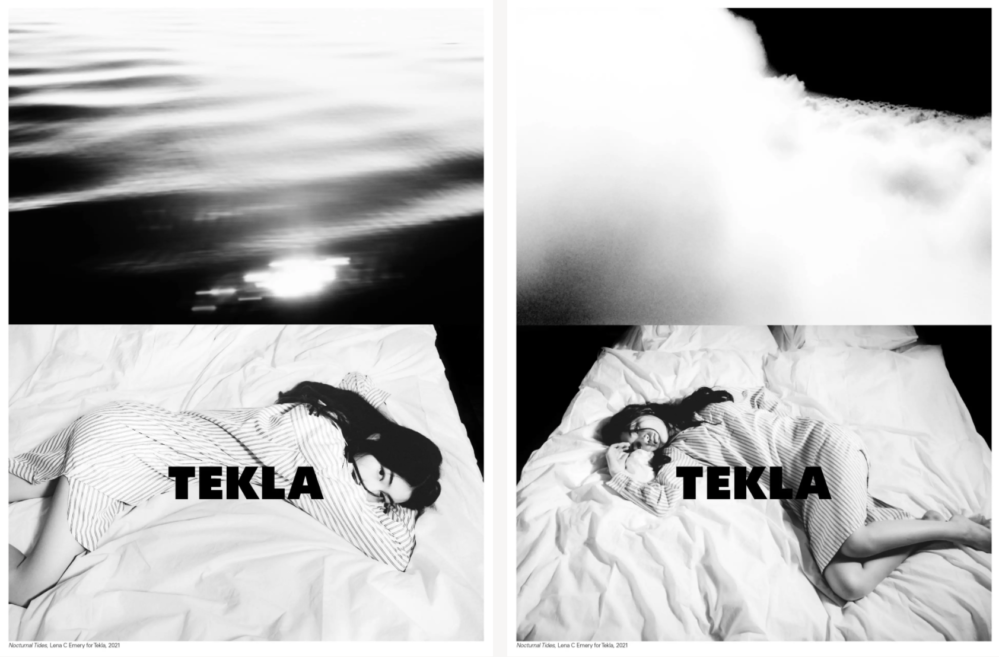
A renewed and poetic re-imagination on the symbiotic exchange between humanity and nature underscores the world of London-based artist, Lena C. Emery. ‘Nocturnal Tides’ for TEKLA, is a visual study which ruminates on the nature of conscious and unconscious reality: on mind, body and matter, substance and attribute, potentiality and actuality.
see What was the intention behind the Nocturnal Tides’ black & white diptychs?
EMERY: I keep asking myself, how can the ideas and images we produce form part of a larger conversation? Our biological clocks are connected to the natural earth rhythms and cycles – like the tide that draws in while the moon rises. So to create pairings that assume a relationship between human and nature as a living, elemental entity seemed like a felicitous way to represent the idea of sleep. As a format, the juxtaposition of the imagery encourages the viewer to create their own symbolic ties, while the intentional use of black and white allows for the necessary abstraction from reality: disrupting the existing visual brand language in order to forge a new, distinctive dialogue.
https://hymnsandhome.com/2024/07/25/5gjslug2qnq Is there a symbolic value you place on clouds and water?
EMERY: The interconnection between water and clouds are a beautiful metaphor for the nature flow of existence. Their interdependent relationship reflects the notion of “inter-being” – an understanding that everything in the world co-exists and connects. The tide that ebbs and flows, rises to form clouds. Giant interstellar, molecular clouds that exist out in our cosmos, collapse to birth stars and planets. All the atoms inside of us are constantly moving and renewing. The symbolic value isn’t rooted in the idea of reincarnation but in biological theory. On a microscopic level, the molecules that make up our bodies have once been a part of clouds, mountains and oceans. I like to keep these connections and the concept of ‘interbeing’ in mind when I approach my work as they encapsulate the vast and boundless symbiosis which is present within all of nature and humanity.
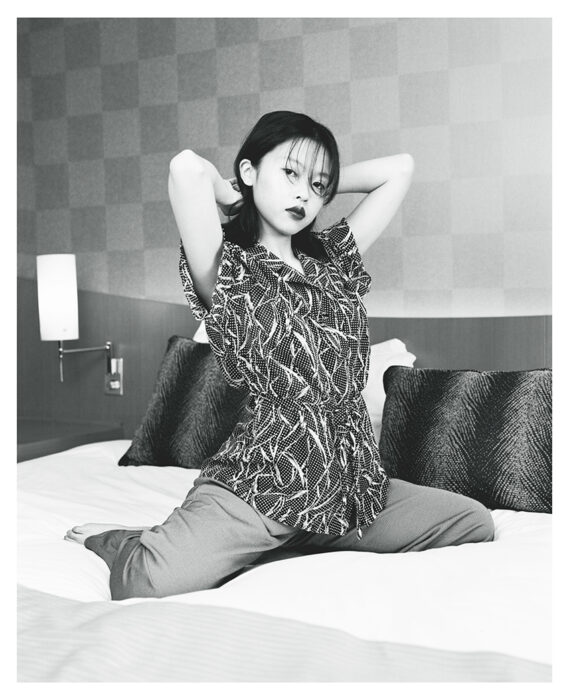
New Print Editions available
Limited edition prints, bespoke framing and worldwide shipping available via mail@surolab.com. Above ‘Girl in Hotel Room’ (80x50cm – available framed) taken from Emery’s 2017 series ‘I Undressed to Climb a Tree’.
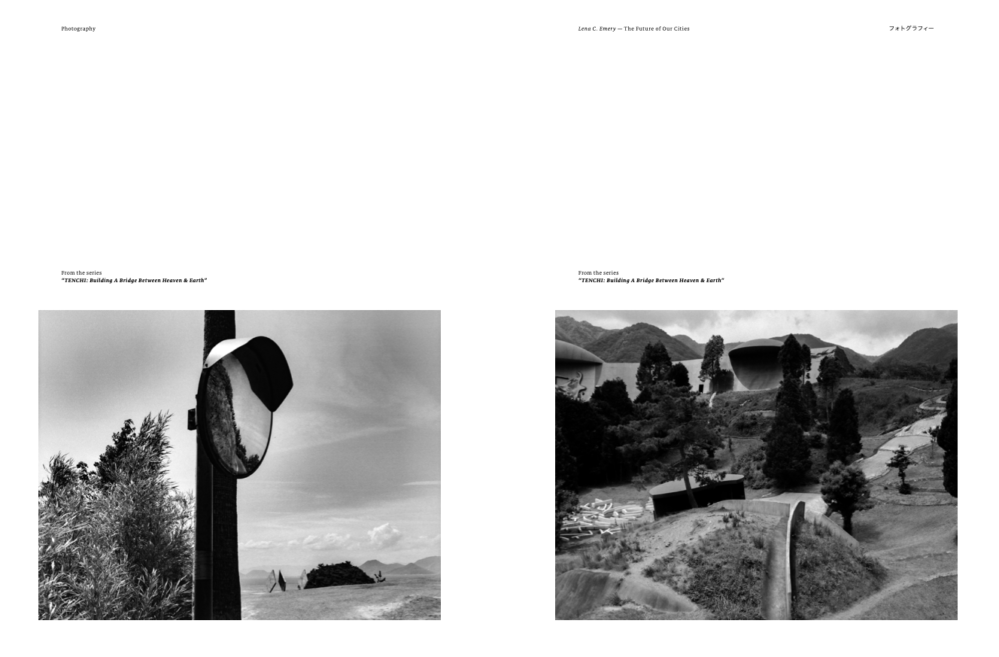
Emery writes about the Future of Cities and shares previously unpublished imagery inside Whitelies Magazine
Excerpt: As a teenager I came across the works of naturalist, artist and author Joy Adamson, who wrote: ‘Since we humans have the better brain, isn’t it our responsibility to protect our fellow creatures from, oddly enough, ourselves? Wildlife is something which man cannot construct. Once it is gone, it is gone forever. Man can rebuild a pyramid, but he can’t rebuild ecology, or a giraffe.’ At age 18 inspired by Adamson’s commitment to wildlife conservation I moved to a small island in Southeast Sulawesi, where my father and friends had set up a dive resort and marine reserve. At the time we were without internet or phone reception and only boat that came every two weeks to pick up and drop off divers and supplies. Today, after two decades of collaborative conservation in partnership with the indigenous population, Wakatobi is a UNESCO World Biosphere Reserve with the highest number of reef and fish species in the world.
When I think of Adamson’s words today, I think at once of our role as protectors as well as architects of the world we inhabit. Woven into the very fabric of our urban spaces are the norms of the societies, past and present, that built them. Our modern cities, erected largely by a collective body wanting to exert its dominance over the existing environment, have disjointed us from nature. Through living in cities where we separate the constructed, from the native environment, we’ve come to accept to see nature as something isolated from us.
Within my work I explore how we have come to shape our realities and what we can do for a renewed vision to take hold. At the mercy of our physical, biological, social and cultural environments and the way we relate to them, there is a huge opportunity for our places of habitation to be specifically designed to elicit learning. Our cities yield the possibility of teaching us about ecology and our role within the larger nature-system: To sense, perceive and interpret information about the total character of our unique and changing world.
Beyond re-adapting the way we design our built environments to be sustainable, we need to formulate a vision of a place where human concentration can exist within a framework that remains flexible, engaged and connected to the natural systems that allow it to thrive. Cities must answer to our questions of accountability and ethics in order to reflect a deeper sense of humanism. Rather than thinking of cities as machines that echo man’s technological prowess, we should think of them as organisms within a larger ecosystem that acknowledge the rights of the natural landscape into which we insert them. By reconciling what our future cities can afford us beyond just being places of convenience, we can hope to change the way we perceive and reason, and learn to inhale a bigger picture of the world and ourselves within it. We can create homes that can counter our pervasive disconnectedness and apathy, and enable kinder generations to exist and prosper.
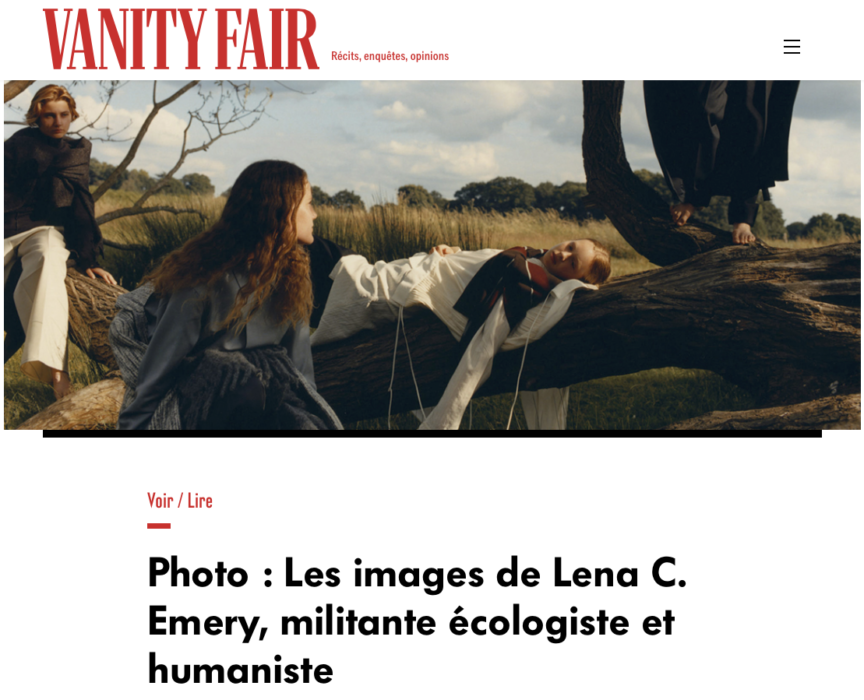
A series of images by Lena C. Emery featured in Vanity Fair France.

Anti-Racism Photography Fundraiser
100 photographers including Lena C. Emery have donated prints to be sold in support of Black communities. Visit antiracismphotofundraiser.com to purchase a print. @antiracismphotofundraiser
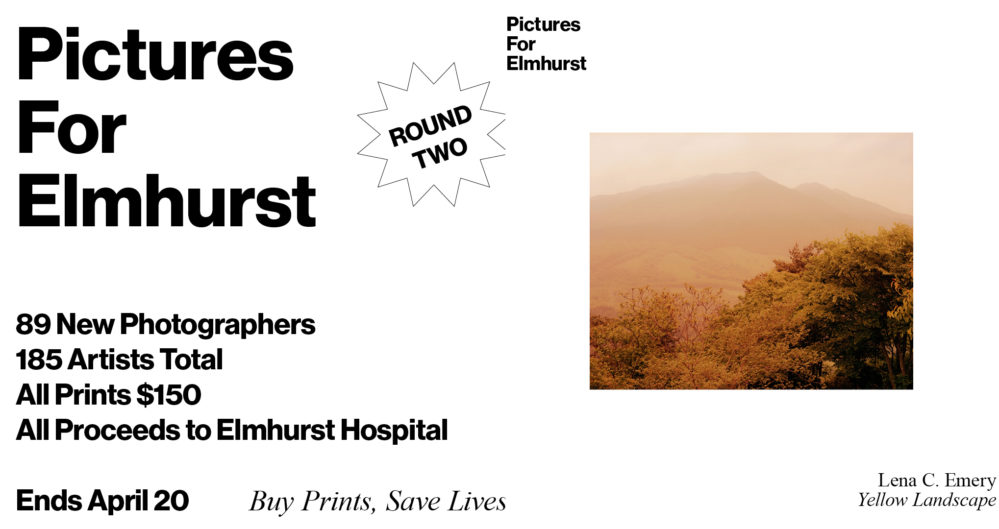
Pictures for Elmhurst
187 artists have come together to raise funds for Elmhurst Hospital Center’s COVID-19 response. Buy Prints, Save Lives. Ends April 20. www.picturesforelmhurst.com @picturesforelmhurst #picturesforelmhurst
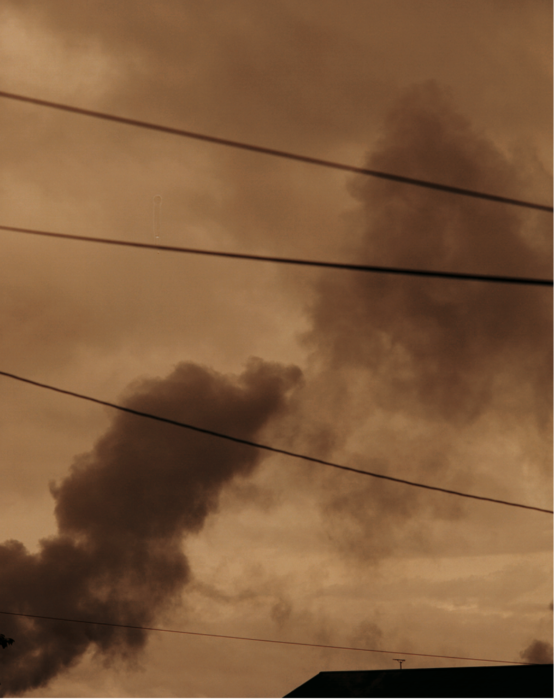
Our Earth is burning – PLEASE DONATE
In an effort to support wildlife organisations in Australia while fires continue to rage across the continent we are donating all proceeds from purchases of Rie by Lena C. Emery to wires.org.au.
Please visit surolab.com between 10th – 20th of January to order a signed copy.
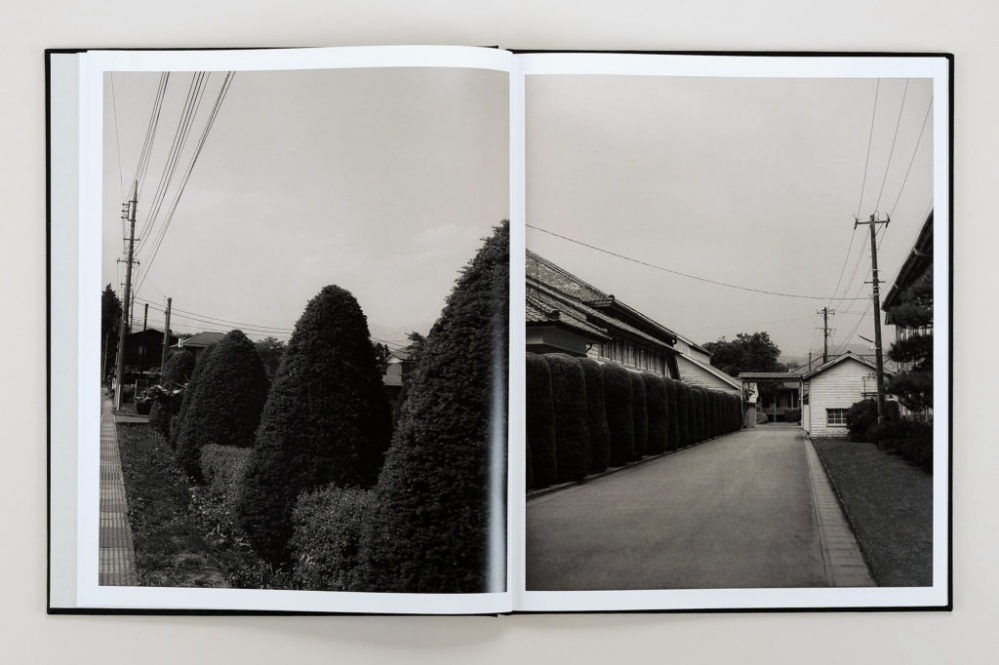
Offprint Paris 2019
Yuka & The Forest available at Offprint Paris, November 7th – 10th 2019 with publisher Art Paper Editions.
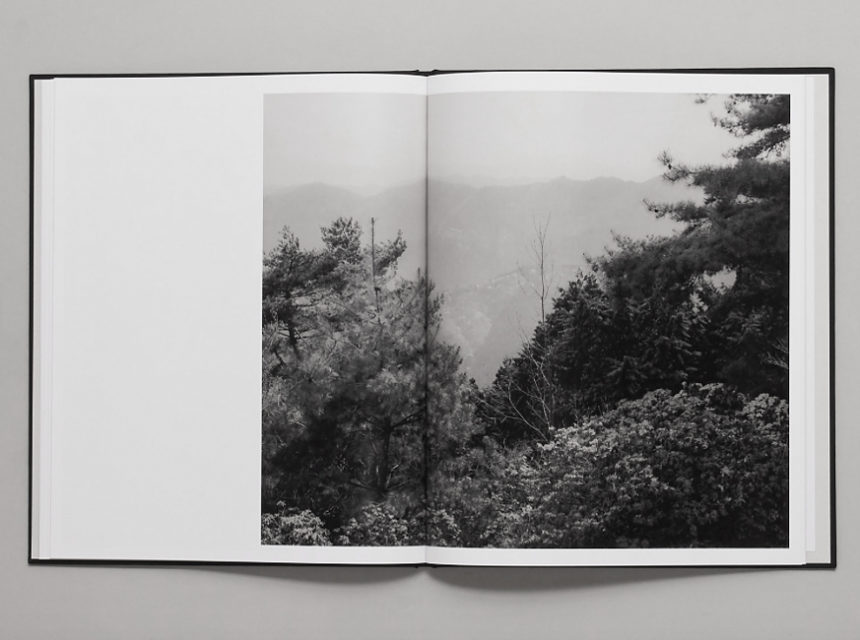
Kris Kozlowski Moore reviews ‘Yuka & The Forest’
Our lives in the West are evidently powered by a paradigm of speed, but perhaps it is time to slow down. Yuka & The Forest by Lena C. Emery appears to do this. In the artist’s second book, we are introduced to the forests of Japan, more specifically those termed chinju no mori (sacred forests surrounding Shinto shrines). The book opens with a story written in the first person by Emery, poetically narrating a meditative walk that the photographs later illustrate. It is vivid, sensual prose that instills tranquility of mind, where talk of clouds as gentle giants, morning bird trills, tree spirits inhabiting twisting Japanese tree trunks and instances of meaningful touch between human and nature populate the passage. Importantly, Emery opts to at times uses Japanese words, melding her western thoughts with traditional language to underscore Japan’s harmonious relationship with nature whilst accentuating the remaining dichotomies between the East and West. In the West we are conditioned to consume, the forests around us identified, labelled and deconstructed as inanimate resources, a model of thought that conceals the harm it causes ourselves and the wider world. Yet Japan’s collective psyche towards the spiritual, psychological, medical and cultural value of the land has enabled them to preserve monumental areas of earth in its natural state. Because the preface echoes the visual narrative to come, it grounds us in the ideas that the work ultimately revolves around. It’s a precursor to the importance that Emery puts on the world. Read on here.
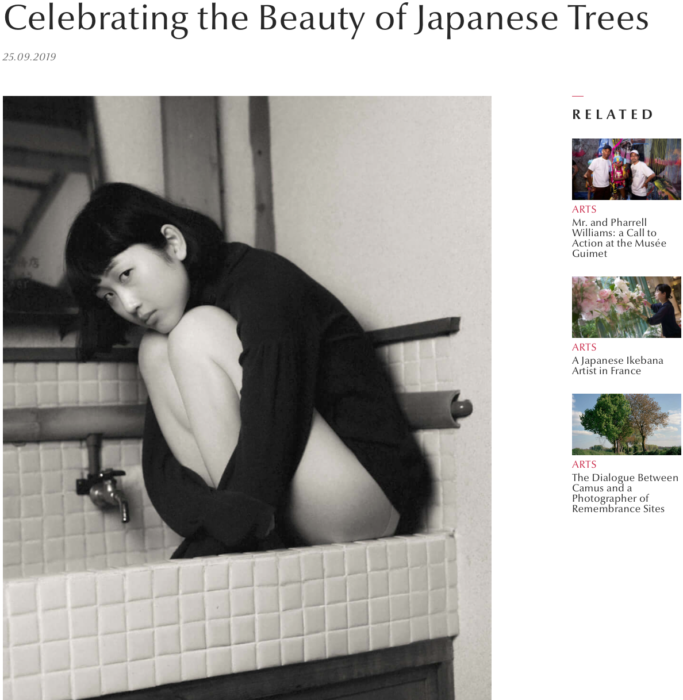
Tokyo based Pen Magazine writes about Yoko Ikeda, Toshio Shibata and Lena C. Emery
Three photographers, Yoko Ikeda, Toshio Shibata and Lena C. Emery, are all celebrating the majestic nature of Japanese trees in their own way, with a book and a double exhibition. With Treescapes, a joint exhibition commissioned by the New York-based Laurence Miller Gallery, Yoko Ikeda and Toshio Shibata contrast their different but complementary views of nature….The magical dimension to her work echoes that of Lena C. Emery, a young German photographer. Her love of trees dates back to her childhood, when she walked around the different nature reserves in Singapore. Her new book, Yuka & the Forest, tells the contemplative story of Yuka, the solitary fictional character, in the mysterious, dense and poetic spaces in the Japanese forest. The photographer also pays homage to the Shintoist concept of chinju-no-mori (broadly speaking, the notion of the idolisation and protection of nature), which she discovered on one of her many trips to Japan over the past few years. The whole work is printed on recycled paper and thus actively strives to preserve the forest: 10% of the profits go straight to the WWF to help protect the environment.
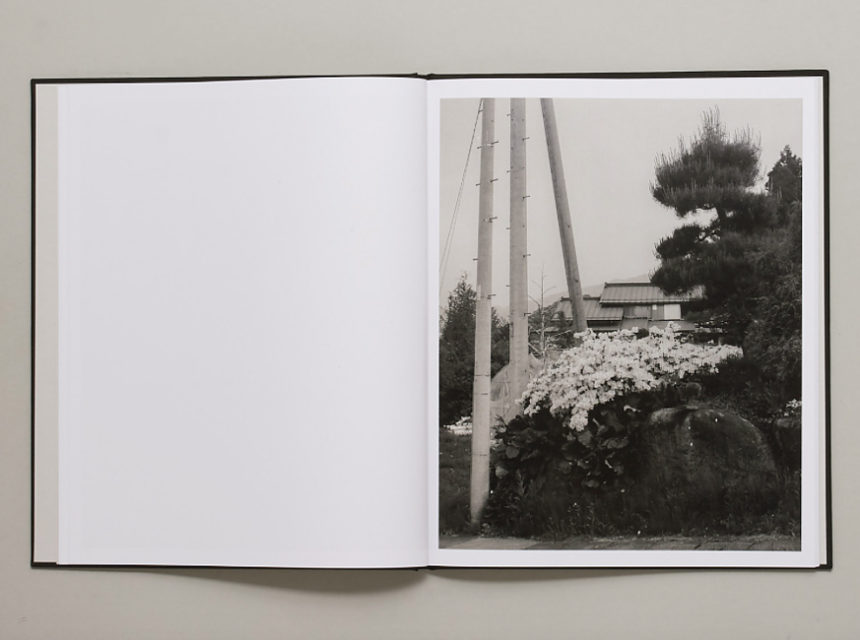
Brad Feuerhelm writes about ‘Yuka & The Forest’ on American Suburb X
It somehow seems pertinent to have left this title too long to review having been caught in the deluge of books landing on my desk in a velocity that no longer seems sustainable. And sustainability is what we should be speaking about as fires rage through the forests of the Amazon. The lungs as it were, observed by the eyes of the collective body prepared to choke on a negative feedback loop for the price of a better burger. It depends on how we spin it I guess, but one cannot feel a profound dislocation these days from the environment and our place within it.
“A culture that can instill the need for harmony and interdependence towards our natural environment within its people has the best chance for a sustainable future”.
…reads the endpaper of Yuka & The Forest by Lena C. emery (APE) and if I discount that I’m reading this sentiment on paper in a book, I can genuinely feel the analysis, but whether we can assume that a “people” exists outside of globalism is an interesting question, discounting of course native tribal populations being wiped out of their Amazon homes as we speak. However, sometimes we can only gravitate towards sentiment in photography no matter the inconsistencies of its physical nature… In considering the metaphorical terms, it would be a shame to lose sight of the grandiosity of the images themselves. Make no mistake, the images of the forest and of Yuka are truly beautiful. I am reminded more and more of an image by Ed Van Der Eslken Vali in the Mirror with Striped Blouse for some reason… Read on here
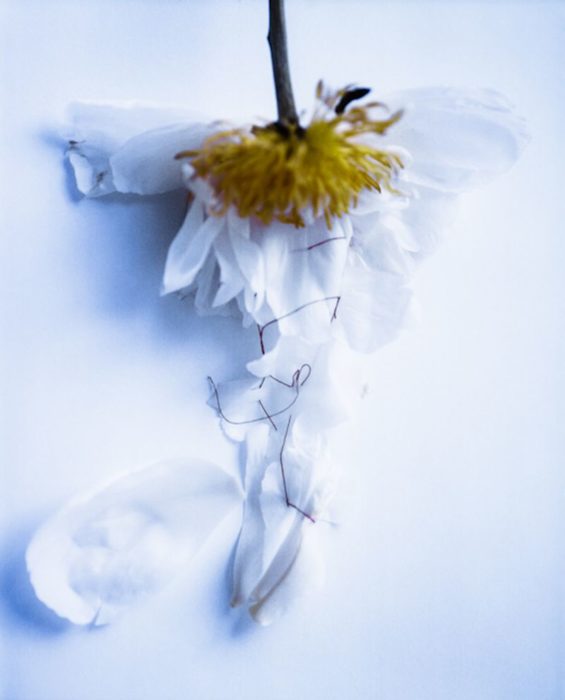
Come Join Us in Protest for OUR CLIMATE!
Millions of us will walk out of our workplaces and homes to join the streets for the Global Climate Strike to demand climate justice for everyone! Our house is on fire — let’s act like it! Friday, Sept 20th. 9am – 5pm, King’s College London, Strand, WC2R 2LS

‘Yuka & The Forest’ on show at the London Art Book Fair at Whitechapel Gallery
Convened by associate curator Amy Budd this year’s public programme for the London Art Book Fair brings together some of the most innovative art publishers into dialogue around key questions in the industry today, alongside presentations by London-based artists, curators and poets working with text, publishing and performance.
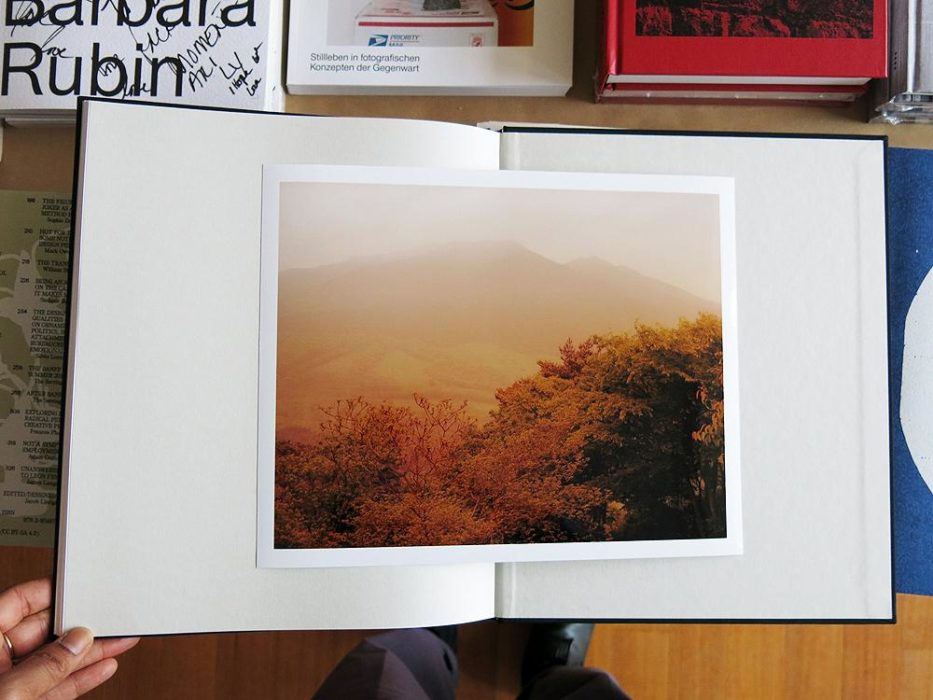
A Book in Stewardship of Our Natural Landscape and In Support of the World Wide Fund For Nature
“A culture that can instill the need for harmony and interdependence towards our natural environment within its people has the best chance for a sustainable future”, reads the last page inside Yuka & The Forest, alluding to the success story that is Japan, where forests cover 67% of its total land area. Yuka & The Forest holds up the mirror to our intolerable, collective in-action in the face of the climate crisis. So pained by this reality, we have found ourselves paralysed, much like the book’s protagonist Yuka, who at the end of her journey contemplates: “Perhaps if only I had called after it (the hare, the guardian of the woods) in time, it could have warned the spirits, it could have pleaded with the kisetsu? Instead I stand silent and motionless; my mind burned by a vision of a forest that once stood so tall and then was gone.” Printed on 100% recycled paper, 30% of proceeds were donated to the World Wide Fund For Nature, working in the field of wilderness preservation and the reduction of human impact on the environment.
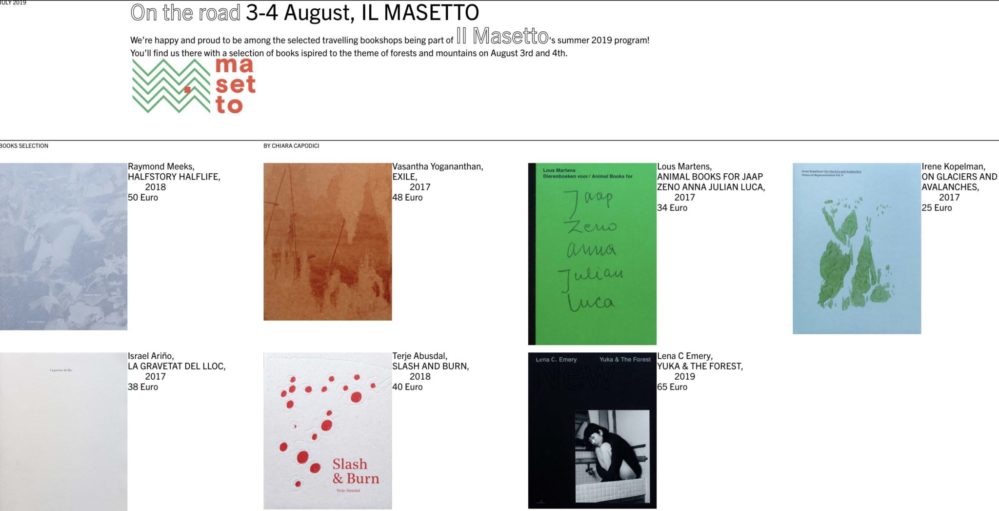
Leporello Books, Il Masetto Summer Program 2019
Yuka & the Forest is one of 7 other titles selected by Leporello Books within the Il Masetto Travelling Book Store Summer Program 2019.
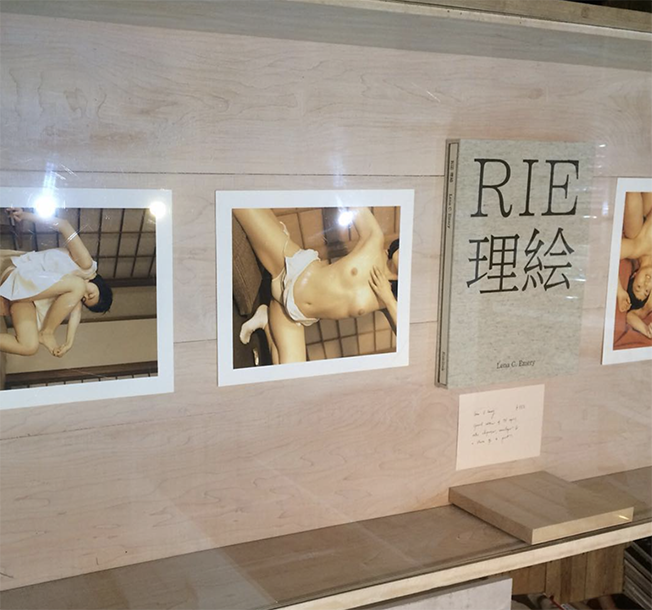
‘Rie’ on display at Claire de Rouen
Emery’s Book and Special Edition ‘Rie’ on show at Claire de Rouen.